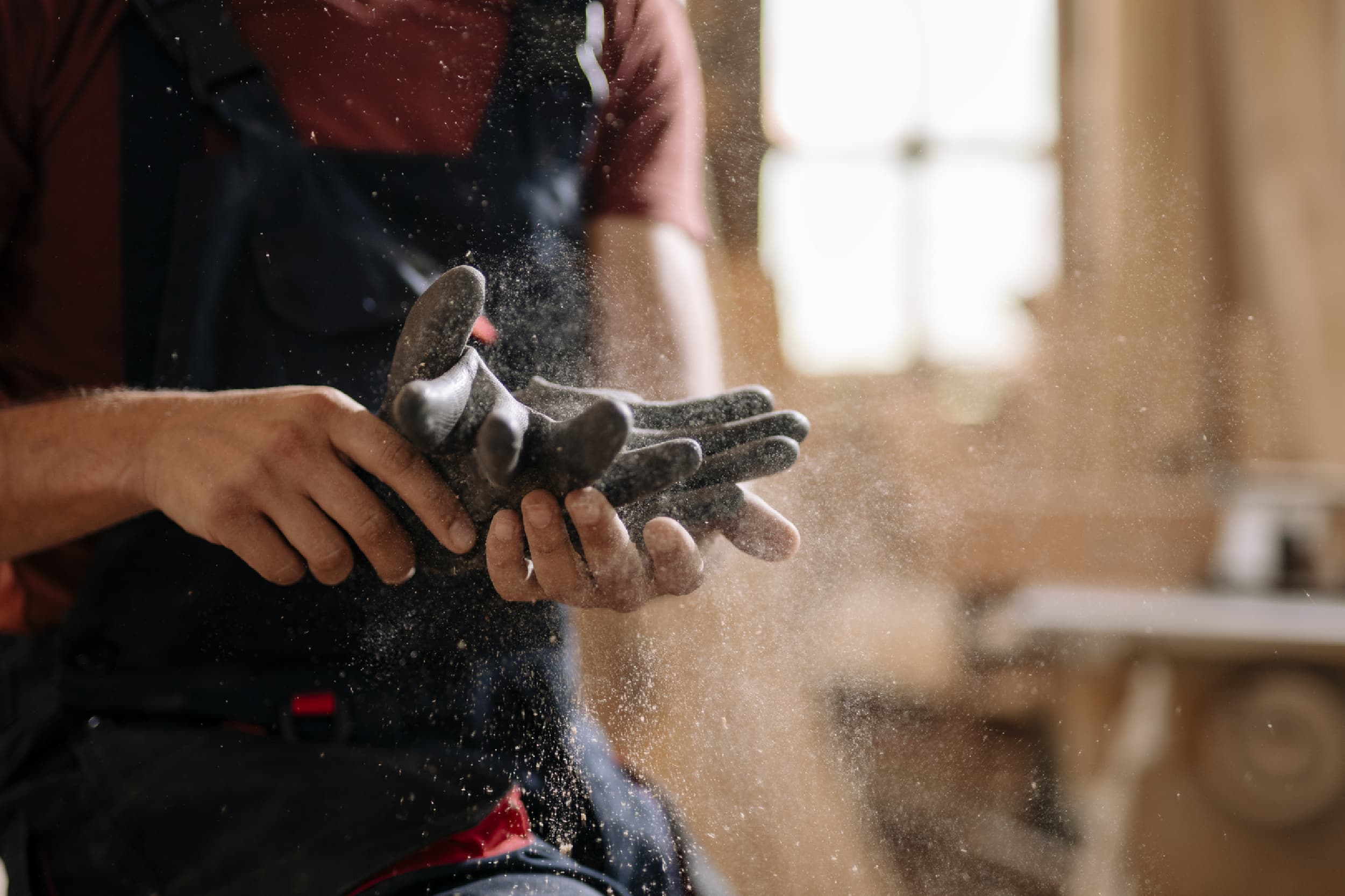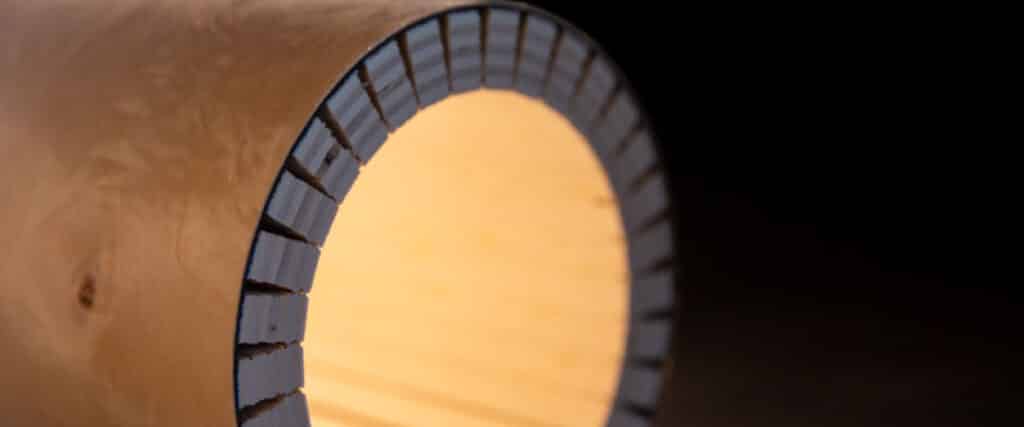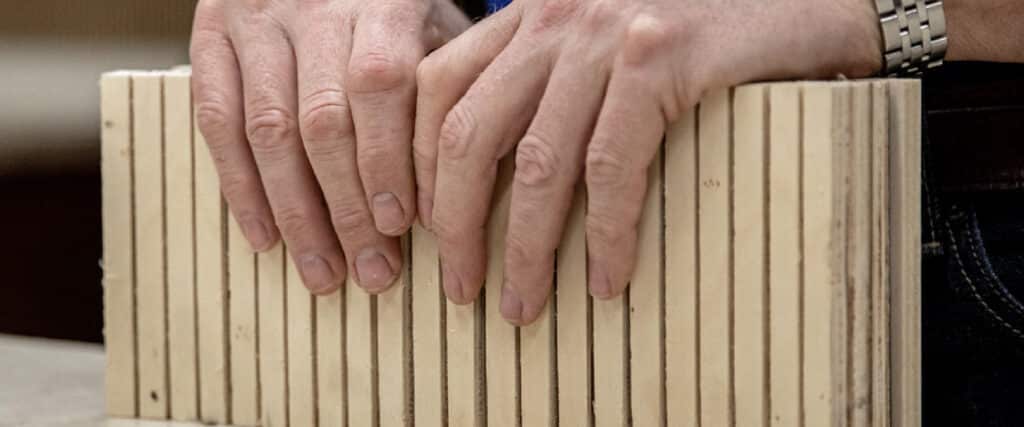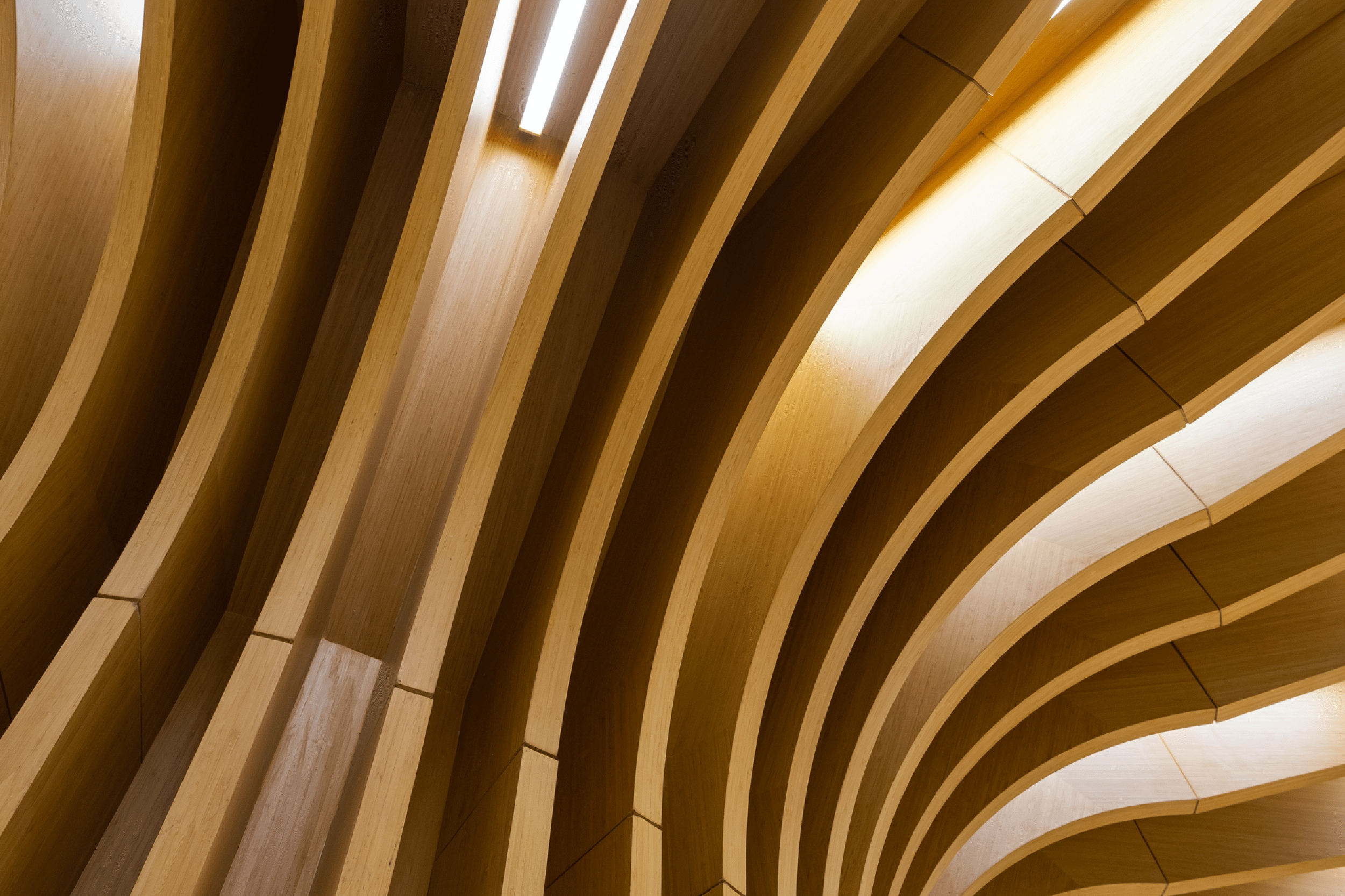
Maximizing Efficiency & Quality in Curved Millwork: Fabricator Best Practices Using Kerfkore Panels
November 13, 2025In the world of architectural millwork, precision, time, and craftsmanship are everything. Fabricators are constantly looking for ways to streamline production while maintaining flawless quality — especially when it comes to curved or radius work.
That’s where Kerfkore panels come in. Designed to bend easily without sacrificing strength or surface integrity, Kerfkore gives fabricators the flexibility to create dramatic, seamless curves — faster and with less waste. Whether you’re building custom cabinetry, retail environments, or feature walls, these panels can completely change how you approach curved fabrication.
Understanding the Kerfkore Advantage
Kerfkore’s flexible panels are built with a unique core design that allows them to bend smoothly while maintaining a uniform surface. Unlike traditional bending plywood or segmented panels, Kerfkore eliminates the guesswork.
- Consistent Bend Radius: Achieve tight curves (as small as 3½”) without surface cracks or warping.
- Reduced Labor: Panels bend easily by hand, minimizing the need for specialized equipment or complex jig setups.
- Smoother Finishing: The consistent core structure reduces the sanding, patching, and filler required after bending.
In short, you get faster fabrication, cleaner results, and less waste.

Should I Laminate Pre- or Post-Bending?
Every shop has its own workflow, and Kerfkore panels are built to adapt.
- Pre-bending: When you want a perfect outer surface without seams or touch-ups. This is ideal for decorative applications.
- Post-bending: If you need tighter bends or if the finished surface requires precise on-site alignment.
Depending on the desired bend radius, our Soflex and Flexboard panels can be laminated before bending. Timberflex and Econokore can only be laminated after bending.
How Does Kerfkore Integrate into Millwork Shops?
One of the biggest advantages for fabricators is how easily Kerfkore integrates into existing shop setups.
- CNC Compatibility: Kerfkore cuts cleanly using standard CNC tooling.
- Edge Treatment: Use a light trim pass after bending to achieve a perfectly flush edge.
- Adhesives: High-quality contact cement of PVA glues are recommended.
Because panels are lightweight and consistent, they require fewer clamps or complex fixtures during bending and assembly.

Bending & Installation Best Practices
Achieving a clean, symmetrical curve starts with proper bending technique.
- Bend along the kerf direction (the scored side inward) for a smoother radius.
- Gradual pressure prevents over-bending or stress marks.
- Support the curve until the adhesive cures or the piece is fastened into place.
Pro Tip: For large installations, pre-bend panels to their final radius and let them “rest” before final lamination — this helps maintain dimensional stability over time.
How Can I Finish Kerfkore Panels?
Kerfkore panels dramatically reduce finishing time. The surface remains smooth after bending, so less sanding and filling are needed.
To maximize surface quality:
- Apply even adhesive coverage before laminating.
- Use veneer, HPL, or specialty finishes with flexible backing for tight curves.
- Inspect each panel for a consistent curve radius before bonding.
The result? Seamless, professional-looking curves that elevate your craftsmanship and minimize touch-up work.
Saving Time, Material, and Money
For fabricators, efficiency isn’t just about speed — it’s about minimizing waste. Kerfkore panels allow you to:
- Reduce scrap from cracked or failed bends.
- Cut setup time on each radius form.
- Lower material costs by using fewer layers.
In many cases, fabricators report cutting total fabrication time on curved elements by 30–50% compared to traditional methods.
Common Challenges & How to Overcome Them
Even with high-performance panels, every shop encounters challenges:
- Problem: Over-kerfing or bending too tightly.
- Solution: Follow the manufacturer’s minimum radius recommendations.
- Solution: Follow the manufacturer’s minimum radius recommendations.
- Problem: Adhesive bubbles during lamination.
- Solution: Apply even pressure and allow adhesives to cure fully before bending.
- Solution: Apply even pressure and allow adhesives to cure fully before bending.
- Problem: Dimensional shift after bending.
- Solution: Secure panels with form blocks or jigs until the adhesive sets.
- Solution: Secure panels with form blocks or jigs until the adhesive sets.
By anticipating these small details, fabricators can achieve repeatable, high-quality results.
The Future of Fabrication: Lightweight, Flexible, and Fast
Modern architecture is moving toward organic shapes, curves, and sustainable materials — and fabricators need solutions that can keep up. Kerfkore’s lightweight construction and flexible design support this evolution.
With sustainable material options available, fabricators can meet environmental goals without compromising performance.
Whether you’re producing one-off custom millwork or high-volume retail fixtures, Kerfkore panels let you deliver more creative, efficient, and durable results.
Building Smarter, Not Harder
For fabricators, every minute and every cut matters. Kerfkore isn’t just a panel — it’s a productivity tool that enhances quality while reducing the time and effort needed to achieve exceptional curves.
If you’re looking to elevate your fabrication process, start with a material engineered to work as hard as you do.
Explore the full line of Kerfkore panels and see how flexibility can transform your next project.



